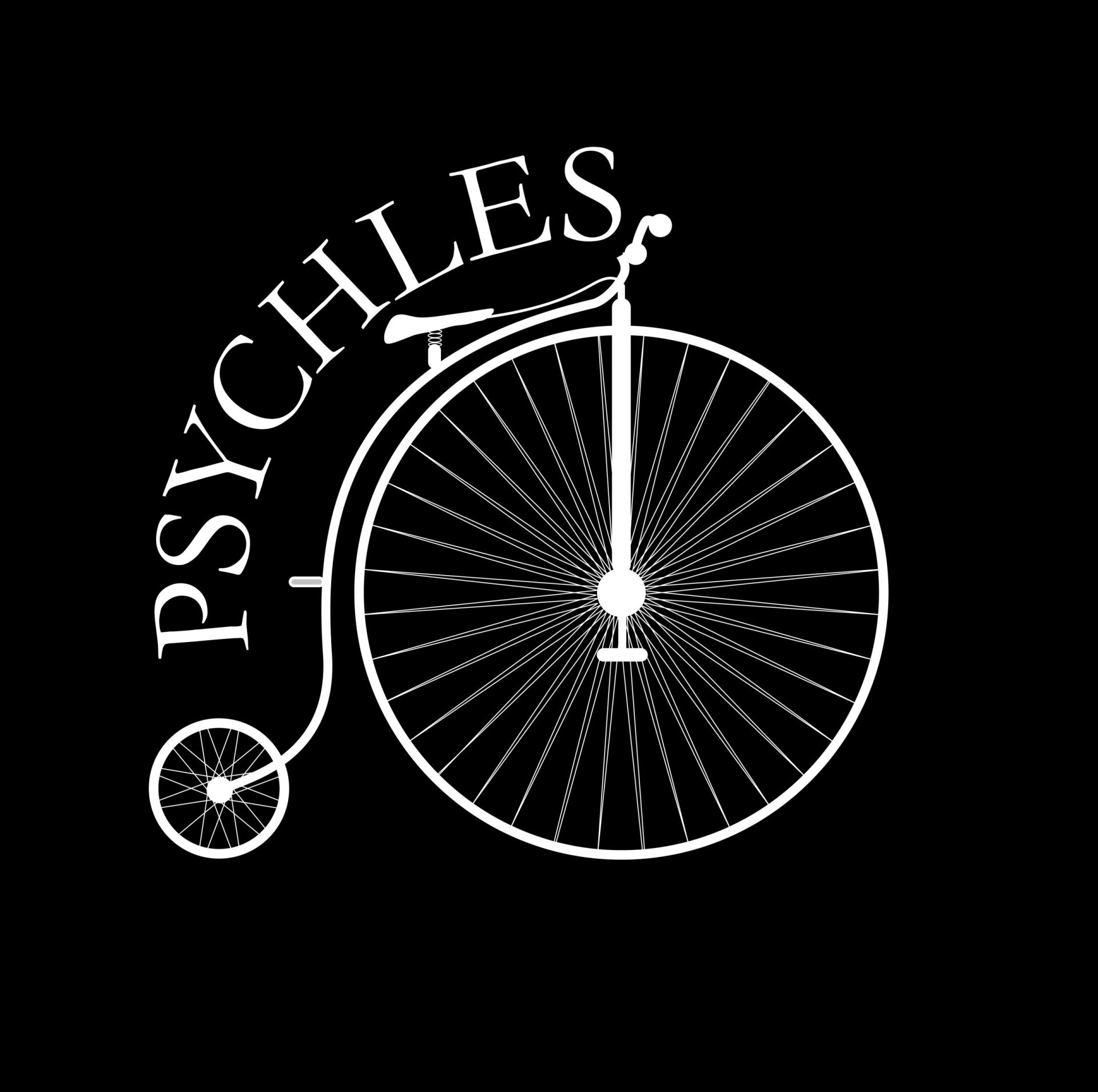Effective Teams Foundation Of Trust = 100% Shared Purpose
Foundation Of Trust
What Drives Collaboration and What Derails It
Teams are dynamic ecosystems. When they function well, they generate more than the sum of their parts – producing innovation, resilience, and emotional cohesion. When they falter, the breakdown is rarely about talent. It’s about structure, trust, and the invisible threads that bind or fray under pressure. Drawing from organizational psychology, behavioral science, and real-world case studies, we examine the mechanics of collaboration.
Psychological safety is the foundation of trust
Teams thrive when members feel safe to express ideas without fear of ridicule or punishment. Psychological safety increases learning behavior, creativity, and engagement. Google’s Project Aristotle identified it as the most critical factor in team success. It allows for vulnerability, which strengthens interpersonal bonds. Without it, members self-censor and innovation stalls. Leaders must model openness and non-defensive responses to feedback. Safety is built through consistent – transparent communication and inclusive decision-making. Teams that normalize mistakes as learning opportunities outperform those that punish failure. Psychological safety is not a luxury – it’s a prerequisite for adaptive learning. Without it, even the most skilled teams will underperform.

Shared purpose aligns effort and energy
A clear and compelling mission gives teams a reason to collaborate beyond individual goals. Purpose acts as a compass – guiding decisions and resolving conflicts. Teams with shared purpose show higher commitment and lower turnover. Purpose must be co-created – not imposed from above. When members feel ownership of the mission, motivation increases. Purpose connects daily tasks to long-term impact. It fosters resilience during setbacks and ambiguity. Without shared purpose, teams drift into siloed work and misaligned priorities. Purpose is not just a slogan – it’s a living narrative that evolves with the team. Teams that revisit and refine their purpose stay adaptive and focused.
Role clarity prevents overlap and confusion
Effective teams define roles with precision and flexibility. Clarity reduces friction and accelerates decision-making. Ambiguity in roles leads to duplicated effort and missed responsibilities. Roles should reflect strengths – not just titles or hierarchy. Clear boundaries allow for accountability without micromanagement. Flexibility is key – roles must adapt to changing needs and contexts. Role clarity supports psychological safety by reducing uncertainty. Teams that co-design roles foster ownership and engagement. Without clarity, teams waste energy negotiating responsibilities. Role definition is a strategic act – not a bureaucratic one.
Communication rhythm shapes team culture
High-performing teams establish consistent – transparent communication patterns. Rhythm matters more than frequency – predictable check-ins build trust. Asynchronous tools reduce overload and support diverse work styles. Clarity in language prevents misinterpretation and emotional drift. Teams should distinguish between decision-making – brainstorming – and updates. Communication norms must be explicit and revisited regularly. Silence can signal disengagement or fear – not just busyness. Teams that listen deeply outperform those that speak loudly. Feedback loops should be built into every project phase. Communication is not just transmission – it’s relational infrastructure.

Dynamic Ecosystems
Conflict resolution is a skill – not a personality trait
All teams experience conflict – what matters is how it’s handled. Constructive conflict improves decisions and deepens trust. Avoidance leads to resentment and passive disengagement. Teams need shared protocols for surfacing and resolving tension. Conflict should be framed as a search for truth – not a battle of egos. Emotional regulation is essential – especially in high-stakes moments. Leaders must model curiosity and non-reactivity during disagreements. Teams that normalize conflict as growth build resilience. Resolution requires listening – reframing – and shared ownership. Unresolved conflict is the silent killer of team cohesion.
Leadership style sets the tone for collaboration
Transformational leaders inspire – while transactional leaders manage. Effective leaders adapt their style to team maturity and context. Servant leadership fosters trust and psychological safety but may get blurred. Authoritarian styles may deliver short-term results but erode long-term engagement. Leaders must balance vision with humility and responsiveness. Distributed leadership empowers members and decentralizes decision-making. Leadership is not a role – it’s a relational function. Teams thrive when leadership is shared and situational. Micromanagement signals distrust and stifles creativity. Leadership must evolve as the team evolves.
Emotional intelligence drives interpersonal dynamics
Teams are emotional ecosystems – not just task units. Self-awareness and empathy are core to collaboration. Emotionally intelligent teams navigate stress and ambiguity with grace. Recognition of emotional cues prevents escalation and misalignment. Teams should build emotional literacy through reflection and feedback. Emotions influence decision-making – creativity – and motivation. Suppressing emotion leads to burnout and disengagement. Celebrating wins and processing losses builds emotional resilience. Leaders must model emotional transparency and regulation. Emotional intelligence is a collective skill – not just an individual trait.
Diversity fuels innovation and adaptability
Teams with diverse backgrounds outperform homogeneous ones on complex tasks. Cognitive diversity expands problem-solving capacity. Inclusion is not automatic – it requires intentional design and facilitation. Surface-level diversity must be matched with deep inclusion practices. Teams should value dissent and divergent thinking. Cultural humility fosters mutual respect and learning. Bias awareness is essential for equitable collaboration. Diverse teams challenge assumptions and expand symbolic frameworks. Inclusion increases psychological safety and engagement. Diversity is not a checkbox – it’s a strategic advantage.

Feedback culture sustains growth and alignment
Feedback must be timely – specific – and actionable. Teams should normalize upward – peer – and self-feedback. Constructive feedback strengthens trust and performance. Avoiding feedback leads to stagnation and misalignment. Feedback should be framed as a gift – not a threat. Teams need rituals and tools for regular feedback exchange. Feedback loops support iterative learning and adaptation. Leaders must receive feedback with openness and gratitude. Feedback culture requires emotional safety and role clarity. Without feedback – teams lose their learning edge.
Decision-making frameworks reduce friction and bias
Teams need shared methods for making decisions under uncertainty. Consensus is not always ideal – clarity and speed matter. Decision rights should be explicit and context-sensitive. Structured frameworks reduce emotional bias and groupthink. Teams should distinguish between reversible and irreversible decisions. Data-informed decisions outperform intuition alone. Decision-making should include diverse perspectives and dissent. Post-decision reviews support learning and accountability. Ambiguity in decision-making erodes trust and momentum. Frameworks must evolve with team maturity and complexity.
100% Shared Purpose
Symbolic cohesion strengthens identity and resilience
Teams are held together by shared symbols – rituals – and narratives. Symbolic cohesion fosters belonging and emotional resonance. Rituals mark transitions – celebrate milestones – and process loss. Symbols can be visual – verbal – or behavioral. Teams should co-create symbols that reflect their values and mission. Symbolic practices deepen meaning and sustain motivation. Without symbolic cohesion – teams feel transactional and fragmented. Symbols anchor teams during change and uncertainty. Symbolic language shapes culture and emotional tone. Cohesion is built through shared meaning – not just shared tasks.
Environmental context shapes team behavior
Physical and digital environments influence collaboration. Noise – lighting – and layout affect focus and interaction. Remote teams need intentional design for connection and clarity. Tools should support – not distract from – core workflows. Environmental cues signal priorities and values. Teams should audit their environment for alignment with goals. Context affects emotional tone and energy levels. Environmental friction leads to fatigue and disengagement. Designing for flow and accessibility increases performance. Environment is not neutral – it’s a strategic lever.

Learning orientation drives adaptability and innovation
Teams must treat every project as a learning opportunity. Learning orientation predicts resilience and long-term success. Curiosity and experimentation should be rewarded. Teams should reflect regularly on process – not just outcomes. Failure should be reframed as data – not deficiency. Learning requires psychological safety and feedback culture. Teams that learn together grow together. Static teams lose relevance and engagement. Learning orientation supports symbolic and emotional evolution. Adaptability is the outcome of continuous learning.
Boundary clarity protects focus and energy
Teams need clear boundaries around time – roles – and responsibilities. Boundary violations lead to burnout and resentment. Boundaries support autonomy and sustainable collaboration. Teams should co-create norms around availability and responsiveness. Respecting boundaries signals trust and professionalism. Boundaries must be flexible but firm. Leaders should model boundary-setting and respect. Boundary clarity reduces emotional leakage and task confusion. Without boundaries – teams become reactive and fragmented. Boundaries are not barriers – they’re scaffolds for focus.
Onboarding rituals shape early cohesion
The first weeks of a team member’s experience set the tone for long-term engagement. Structured onboarding builds clarity – confidence – and connection. Rituals like welcome meetings and shared storytelling foster belonging. Early exposure to team values and norms accelerates integration. Onboarding should include emotional orientation – not just logistical setup. Teams that invest in onboarding reduce turnover and increase trust. Symbolic gestures – like shared meals or creative introductions – deepen cohesion. Onboarding is a cultural transmission – not just a checklist. Leaders should be present and emotionally available during onboarding. A strong start builds momentum and psychological safety.
Energy management sustains long-term performance
Teams must manage collective energy – not just individual productivity. Burnout is a systemic issue – not a personal failure. Breaks – pacing – and emotional check-ins support sustainable output. High-energy teams balance intensity with recovery. Leaders should monitor energy rhythms and adjust expectations accordingly. Rituals like gratitude rounds or creative pauses replenish emotional reserves. Energy management includes emotional – cognitive – and physical dimensions. Teams that ignore energy signals risk disengagement and turnover. Sustainable energy practices improve decision-making and interpersonal dynamics. A well-paced team is a resilient team.
Trust-building is a continuous process – not a one-time event
Trust is built through consistency – transparency – and shared vulnerability. Teams that trust each other take more creative risks and recover faster from setbacks. Trust grows when commitments are honored and feedback is received with openness. Micro-interactions – like tone and timing – shape trust more than grand gestures. Trust is fragile in high-pressure environments and must be actively maintained. Leaders must avoid favoritism and model fairness in decision-making. Peer-to-peer trust is just as vital as trust in leadership. Teams should name and repair breaches of trust directly and respectfully. Without trust, collaboration becomes transactional and defensive. Trust is the emotional infrastructure of every high-functioning team.
Autonomy supports motivation and innovation
Teams perform best when members have control over how they execute their work. Autonomy increases intrinsic motivation and reduces emotional fatigue. Micromanagement signals distrust and stifles creative problem-solving. Clear goals paired with flexible methods foster ownership and initiative. Autonomy must be balanced with accountability and shared purpose. Teams should co-design workflows that reflect individual strengths and preferences. Autonomy supports faster iteration and adaptive learning. Leaders should delegate decision-making wherever possible. Autonomy is not isolation – it’s empowered interdependence. When autonomy is respected, teams become more resilient and inventive.

Recognition reinforces positive behavior and emotional cohesion
Acknowledging contributions strengthens morale and team identity. Recognition should be specific – timely – and aligned with team values. Public praise builds symbolic cohesion and emotional safety. Private appreciation deepens trust and interpersonal bonds. Teams that celebrate small wins maintain momentum and motivation. Recognition rituals – like shoutouts or gratitude circles – foster belonging. Leaders should model inclusive recognition that highlights diverse strengths. Recognition is not just about performance – it’s about emotional presence. Neglecting recognition leads to disengagement and resentment. A culture of appreciation is a culture of resilience.
Systems thinking enhances team adaptability and clarity
Teams are nested within larger systems – organizational – ecological – and symbolic. Systems thinking helps teams anticipate ripple effects and unintended consequences. It encourages holistic problem-solving and long-term planning. Teams should map their workflows – dependencies – and feedback loops. Understanding interconnections reduces friction and improves coordination. Systems thinking supports ethical decision-making and resource stewardship. Leaders should foster curiosity about how team actions affect broader outcomes. Teams that think in systems adapt faster to change and complexity. Symbolic systems – like rituals and values – are part of this architecture. A systems-aware team is a future-ready team.
Conclusion
Effective teams are not accidents – they are designed with intention and care. From psychological safety to symbolic cohesion, every layer of team dynamics influences performance, resilience, and emotional health. Dysfunction arises when these layers are ignored, misaligned, or treated as secondary. By understanding the factual architecture of collaboration, teams can build systems that support growth, creativity, and shared purpose. This is not just about productivity – it’s about creating environments where people thrive together.
Whether you’re leading a small creative project or a large organizational initiative, these principles apply across industries and cultures. The future of teamwork is adaptive, inclusive, and emotionally intelligent. It requires systems thinking, symbolic clarity, and sustainable energy rhythms. Let’s build it with intention. Let’s build it together.
Join the Discussion
What dynamics have shaped your most successful team experiences – and what practices helped you navigate conflict or foster inclusion?
#TeamDynamics #PsychologicalSafety #CollaborativeLeadership #EmotionalIntelligence #SymbolicCohesion #InclusiveTeams #FeedbackCulture #AdaptiveSystems #CreativeCollaboration #OrganizationalPsychology #ResilientTeams #LearningOrientation #BoundaryClarity #EffectiveCommunication #SharedPurpose #SystemsThinking #TrustBuilding #EnergyManagement #RecognitionMatters #AutonomyInTeams #TeamCultureDesign








Hello would you mind stating which blog platform you’re using? I’m going to start my own blog soon but I’m having a tough time deciding between BlogEngine/Wordpress/B2evolution and Drupal. The reason I ask is because your design and style seems different then most blogs and I’m looking for something unique. P.S Apologies for getting off-topic but I had to ask!